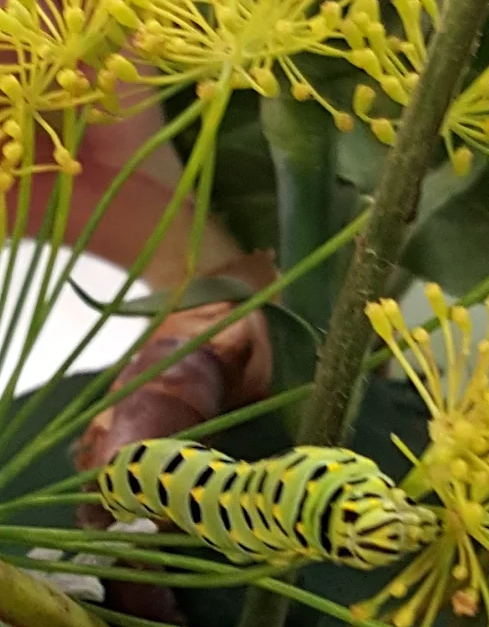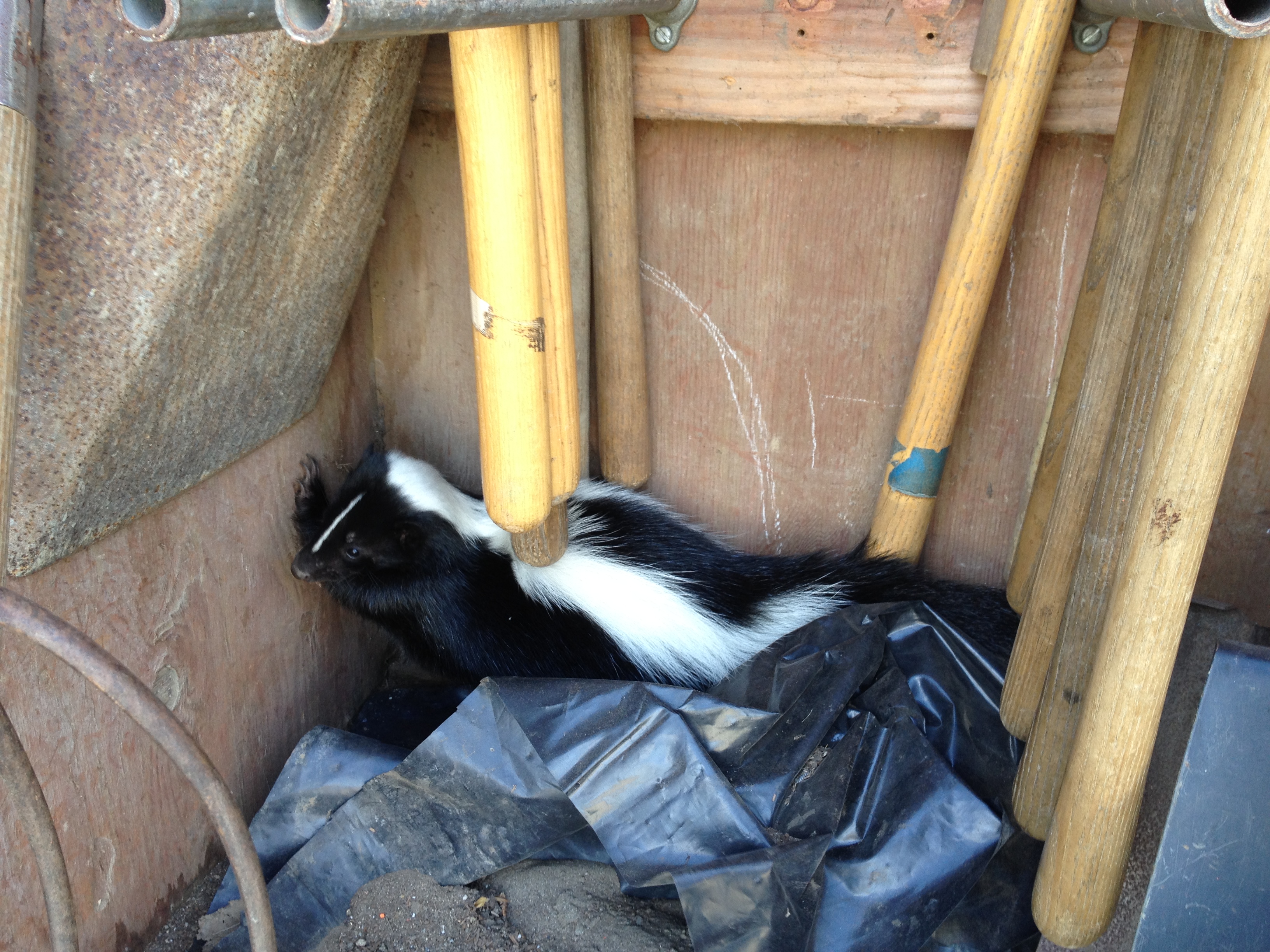Ocean Campus wildlife thrives despite its urban local
By Barbara Muniz
In the diverse environment of City College, students, faculty, staff and visitors can enjoy the variety of plants and flowers tucked in different plots of the 56 acres that make up the Ocean Campus.
The campus harbors a richness of vegetation that attracts a fair amount of wildlife. Students have reported seeing not only birds, raccoons, skunks and opossum but also a surprising newcomer.
“They saw a coyote around this area,” said Instructor Steven Brown, Chair of the Horticulture and Florist department, and honorary member of the San Francisco Garden club. He pointed out the Northwest side of Ocean Campus, where flower design classes are held.
The almost 6-acre area of the Horticulture Department represents a safe space for the wildlife that struggles to find food amid the urban landscape of cement.
“For sure around here they have a home and food. Wildlife eat the plants, nectar and leaves,”said Thomas Wang, a teacher for nursery and landscaping design at Ocean Campus for 11 years.
Despite their inherent charm the wild animals on campus sometimes pose concerns to human inhabitants.
Skunks are becoming an issue emphasized Brown, who is witnessing their increased growth in comparison to 30 years ago, when he started at City College.
“I don’t know how they [skunks] reproduce. [They] seem to have a whole family out there and they are here all year around,” Brown said.
And there is another ecological concern regarding these wild animals. Their food chain cycle is changing because humans feel compelled to sometimes feed them.
According to Brown, some residents in the Judson Avenue area leave large amounts of food for feral cats, attracting skunks and raccoons to the left overs in the process.
This has resulted in scavengers, who normally eat insects, larvae and other small animals, becoming more domesticated. It is changing the environmental landscape that used to be at the Horticulture area and elsewhere on the Ocean Campus.
And it’s not just the skunks and raccoons that are disrupting the ecosystem according to Brown.
“People leave their cats outside, and they attack birds,”Brown said. When the felines aren’t attacking the birds, they hang around, attracted by the smell of milk.
“I often see a gray cat by the rocks, beside the Diego Rivera Theater.” Said Ben Chiu, owner of the Swell Cream & Coffee truck.
The presence of the felines doesn’t seem to bother the hummingbirds though, who create mesmerizing spatial dances, hovering around the succulents.
“Humming birds like the nectar of the aloe vera plant.” Said Jeffrey Huang, a student at the Horticulture department who “plans to work in building landscape and gardens”.
But it’s not just the hummingbirds who hunt for the sucrose from the surrounding flora.
Voracious small caterpillar such as the one in the corresponding photo, search for sustenance as well. City College Ocean Campus is also in the Pacific Flyway zone, a pit stop area for birds migrating, giving the caterpillars more to worry about than their next meal, and campus occupants a little piece of nature in the city.


Courtesy: Environmental & Horticulture/Floristry Department Instructor Thomas Wang
